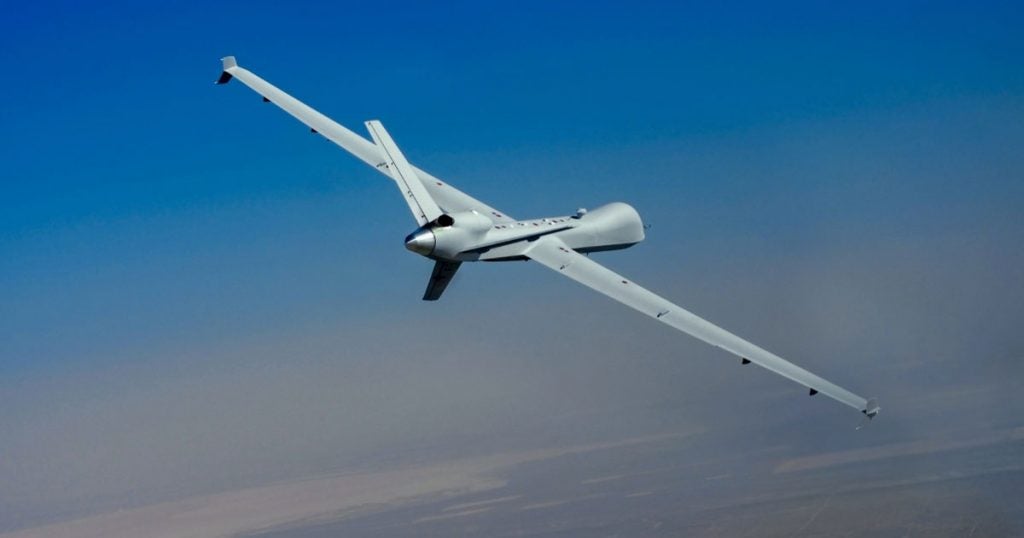MQ-9A Performs Ground Breaking Flight Using LEO SATCOM
One of the key limiting factors of flying unmanned aircraft (UAS) beyond line of sight is the reliance on satellite communication (SATCOM). Historically UAS have had to communicate with satellites that are 36,000km above them in geostationary orbit (GEO) which results in poor bandwidth and latency. This limits the amount of sensor data that can be uploaded and increases vulnerability to jamming. For decades there was no other option but commercial innovation has provided the breakthroughs necessary for a SATCOM revolution. LEO constellations that orbit at 500-2000km offer greatly improved bandwidth and latency.
On 22 December 2022, General Atomics (GA), in collaboration with the US Air National Guard, performed its first-ever flight test of an MQ-9A equipped with a LEO SATCOM command and control system. GA is currently not disclosing which constellation the aircraft connected to but possibilities include Starlink and OneWeb which both provide global network services. Starlink is most likely as it is already under contract by the USAF and has 4x as many sats in orbit. Both companies plan on introducing commercial aviation services this year.

Not only does LEO SATCOM provide greater data transfer it is also much harder to jam and, as discussed previously on Overt Defense, these constellations are also more resilient to attacks in space. Another key limitation of GEO SATCOM is the inability to reliably provide service at high latitudes, particularly the two poles. With interest in arctic security growing GA has announced that LEO SATCOM enables its family of UAS to operate over the North pole if necessary. Previously GA had managed to increase the limitation from 66° up to 78° latitude using GEO L-band but this had very poor bandwidth.

Perhaps most importantly this LEO SATCOM ability will allow UAS to link into the Space Force’s Transport Layer enabling Multi-Domain capabilities. This shortens the sensor-to-shooter timeline for long-range targets but also provides novel capabilities. For example, targets identified by space-based sensors could cross-cue airborne sensors to provide a higher-definition track. Emitters that are detected by the UAS’ ELINT system at standoff range that can’t be visually identified due to tall structures could cross-cue to space-based optical or SAR systems. The Off-Board Sensing Station (OBSS) that GA is building could make use of the high upload speeds. Across all these capabilities it’s clear LEO SATCOM control of UAS is critical to the DoD’s aspiration for a Multi-Domain ready force.

